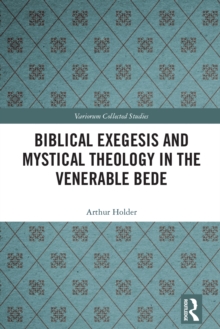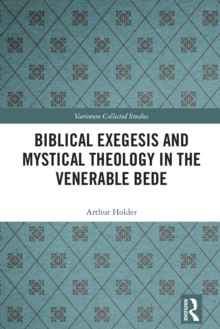
Urban and Religious Spaces in Late Antiquity and Early Byzantium Hardback
by Jean-Michel Spieser
Part of the Variorum Collected Studies series
Hardback
Description
Professor Spieser deals here with a number of the transformations that took place in the world of Late Antiquity - and early Christianity - focusing upon notions of space.
The first set of articles, opening with a newly-written introductory essay, addresses the development of urban landscapes from the Roman period up to the iconoclast era in Byzantium.
In particular, he looks at the consequences of christianisation, and argues that the changing fortunes of the town cannot be attributed to a few causes, such as war or natural disaster, but resulted from a complex interplay between the economy and ideology, religion and politics.
A second group, concerned with the relationship of 'late antique' man with his surroundings, and therefore his perception of space, sets out to explain how the decoration of churches - on apses, for example, or on doors - reflects new senses of how religious spaces should be organised.
Six of these studies have been translated into English for this volume, and it ends with an important section of additional notes and comment.
Information
-
Out of stock
- Format:Hardback
- Pages:318 pages
- Publisher:Taylor & Francis Ltd
- Publication Date:27/07/2001
- Category:
- ISBN:9780860788515
Information
-
Out of stock
- Format:Hardback
- Pages:318 pages
- Publisher:Taylor & Francis Ltd
- Publication Date:27/07/2001
- Category:
- ISBN:9780860788515










